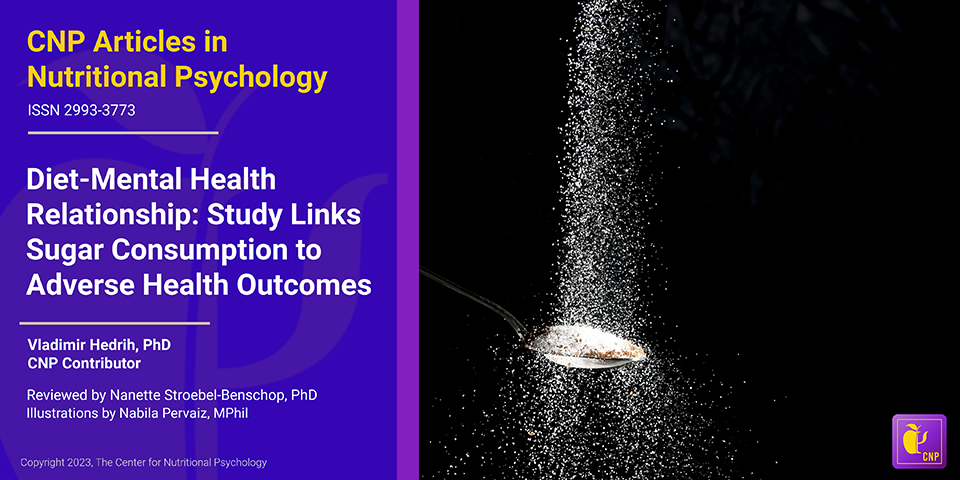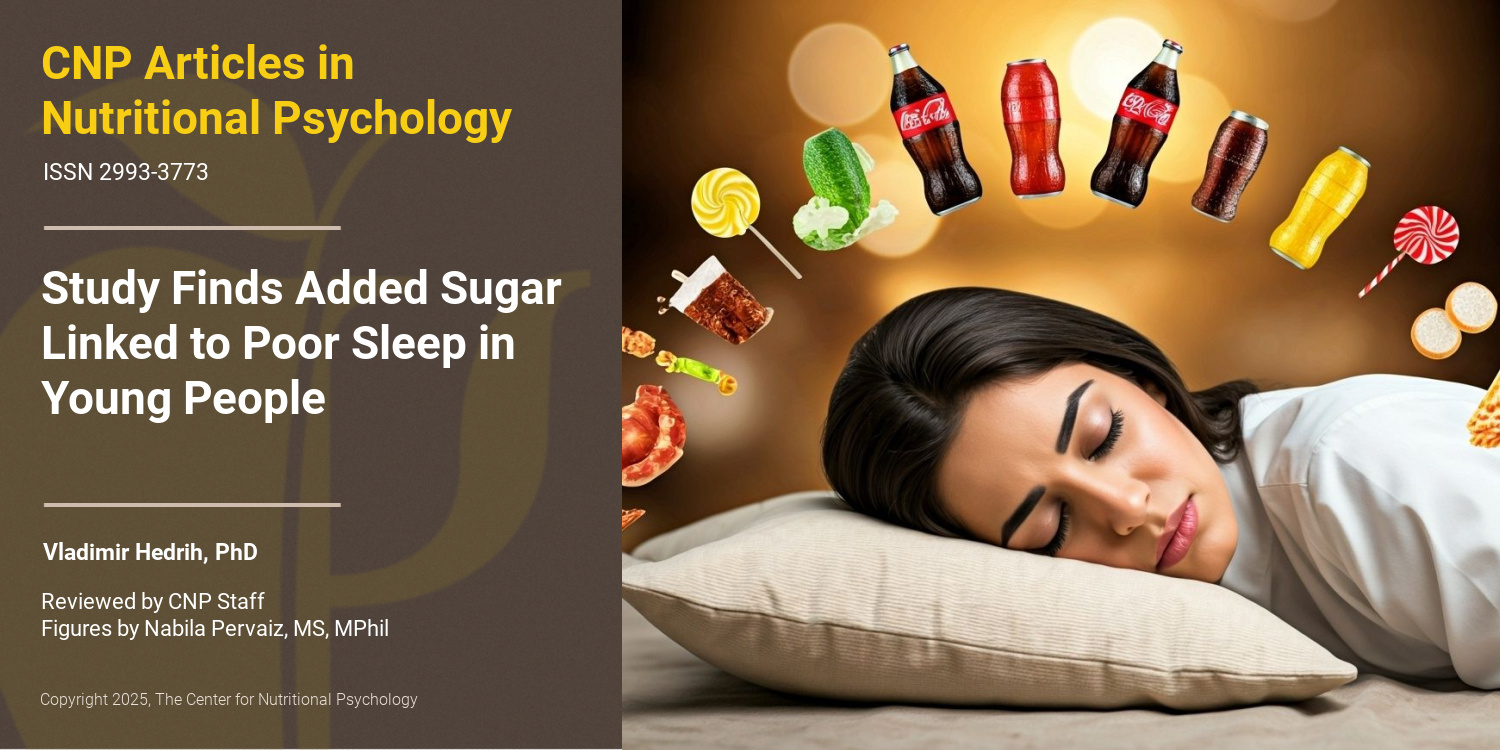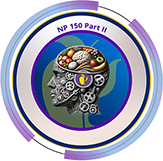- An analysis of the National Health and Nutrition Examination Survey data published in BMC Psychiatry found an association between sugar intake and depression in U.S. adults.
- With every 100 grams of additional sugar intake, the prevalence of depression increased by 28%.
- Results were similar across subgroups by age, sex, education, and other personal characteristics.
Most people know that there is a link between appetite and mood. When stressed, some of us tend to eat more (Dakanalis et al., 2023). A similar thing happens when we do not have enough sleep (Greer et al., 2013). On the other hand, when we are hungry, we tend to become angry and irritable. That is how the term “hangry” came to be (Hedrih, 2023a; Swami et al., 2022). But is there a link between moods or mental health in general and specific foods? For example, do the dietary choices of individuals suffering from depression differ from the dietary choices of individuals who aren’t suffering from depression?
Do the dietary choices of individuals with depression differ from the dietary choices of individuals without depression?
What is depression?
Depression is a common and serious mental health condition characterized by persistent feelings of sadness, hopelessness, and a lack of interest or pleasure in activities. It can affect a person’s thoughts, behavior, feelings, and sense of well-being, leading to various emotional and physical problems. Symptoms can include changes in appetite, sleep disturbances, fatigue, difficulty concentrating, and even thoughts of death or suicide (see Figure 1).
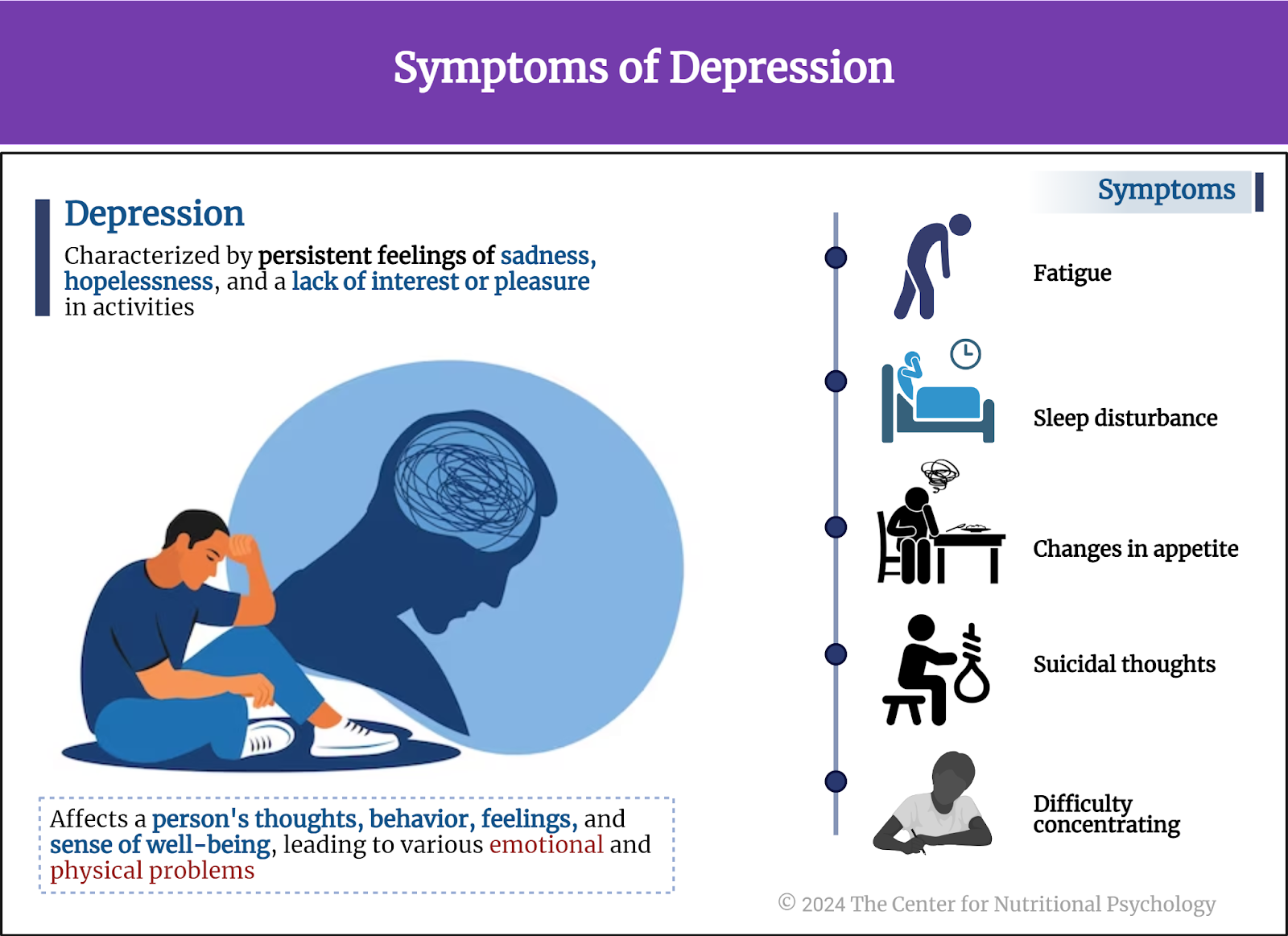
Figure 1. Symptoms of depression
Depression is one of the most prevalent mental health disorders worldwide. The share of depressed individuals has been on the rise in recent decades in many world countries (Steffen et al., 2020; Weinberger et al., 2018). In 2018, the World Health Organization estimated that 4.4% of the global population is affected by it (Zhang et al., 2024). They expect the numbers to rise further in the coming years.
Unfortunately, existing treatments for depression are not very effective. It is estimated that around 30% of individuals suffering from depression do not respond to standard treatments, i.e., these treatments do not result in the withdrawal of depression symptoms (McIntyre et al., 2023). That is why a large number of scientists are working on finding novel ways to diagnose and treat depression. One of the topics that draw interest in this regard is the dietary specificities of people suffering from depression.
Around 30% of individuals suffering from depression do not respond to standard treatments
Dietary choices and depression
In recent decades, many studies have reported links between symptoms of depression and anxiety and various food choices. A large-scale study found that depressed women tend to drink artificially sweetened beverages and eat ultraprocessed food more than the average person (Hedrih, 2023b; Samuthpongtorn et al., 2023). Another study linked the consumption of fried food with symptoms of anxiety and depression. These researchers conducted an experiment showing that acrylamide, a product of frying foods such as potatoes, can induce anxiety-like symptoms in zebrafish (Wang et al., 2023).
Similarly, many studies link increased sugar consumption with adverse health outcomes (Huang et al., 2023). But does this include depression?
Many studies report links between symptoms of depression and anxiety and various food choices (artificially sweetened beverages and fried foods)
The current study
Study author Lu Zhang and her colleagues wanted to explore whether sugar consumption is associated with the severity of depressive symptoms (Zhang et al., 2024). They analyzed data from the National Health and Nutrition Examination Survey database. The National Health and Nutrition Examination Survey is a program of studies conducted by the National Center for Health Statistics (NCHS), part of the Centers for Disease Control and Prevention (CDC), designed to assess the health and nutritional status of adults and children in the United States through interviews and physical examinations.
The study data
Data used in this study came from participants aged 20 or above who provided their survey responses between 2011 and 2018. The study authors used data on the frequency of depressive symptoms (the Patient Health Questionnaire) and dietary sugar intake. Dietary information was collected from participants through two interviews held 3-10 days apart. In these interviews, researchers asked participants to recall all types and amounts of food and beverages they consumed during the 24 hours before the interviews. Dietary sugar intake was calculated from data collected in these interviews.
The study authors also analyzed data on several other participants’ characteristics. These included body mass index, age, total energy intake, education level, race, marital status, physical activity, etc.
This analysis used data from 18,439 participants (see Figure 2).
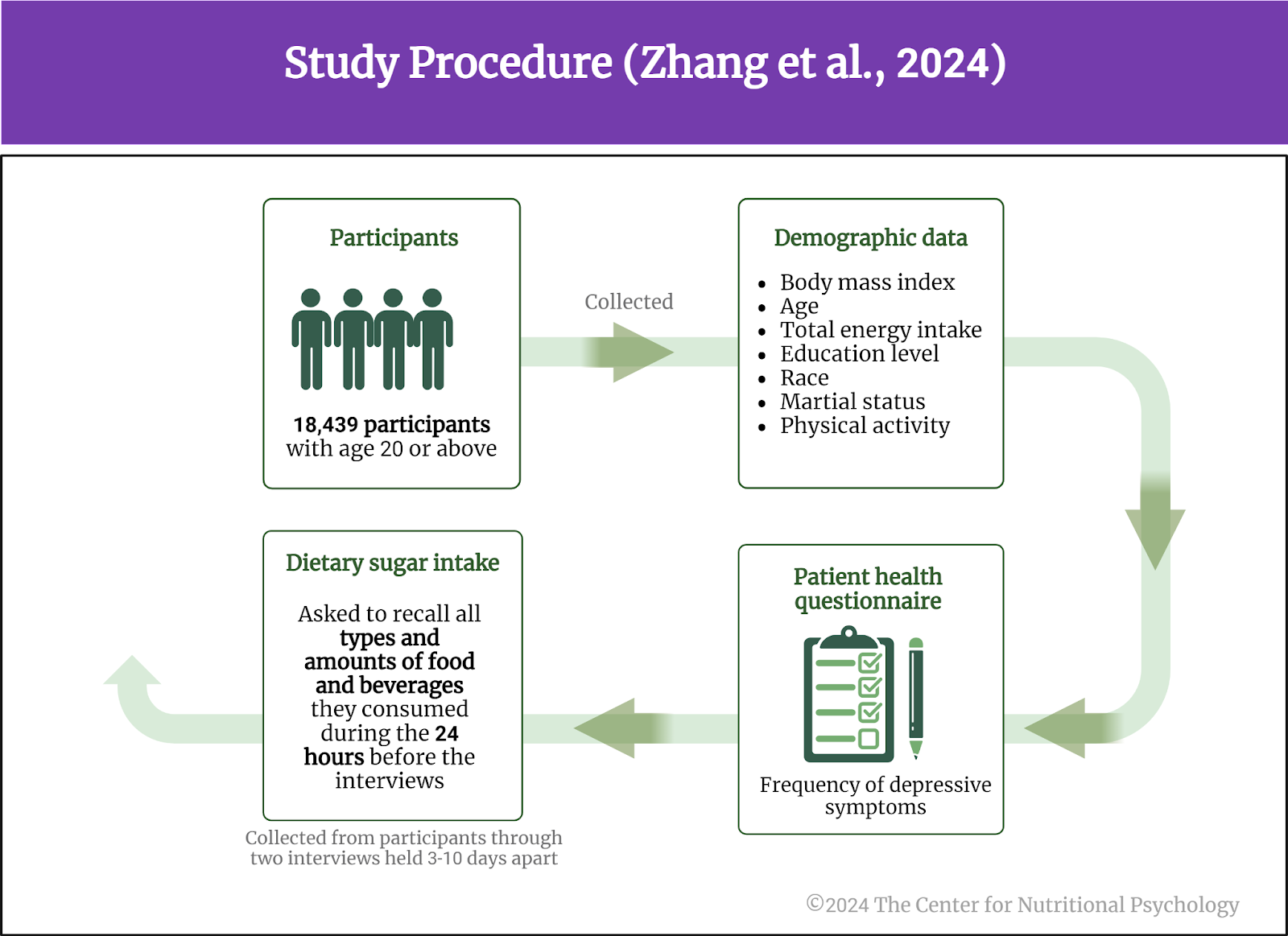
Figure 2. Study Procedure (Zhang et al., 2024)
Older, wealthier, more educated, partnered, and female participants tend to consume the least sugar
Results showed that individuals consuming the least sugar daily tended to be older, female, and wealthy. Their overall energy intake was lower; they smoked less and drank more than the average participant. Participants with the highest daily sugar intake tended to be younger, male, and with lower income. They tended to have never smoked and had a higher energy intake than average.
Depressed individuals tended to consume more sugar
There was a clear association between the prevalence of depression and sugar intake. On average, people consumed around 93 grams of sugar per day, but individuals were consuming quite a bit more than that. One-quarter of participants consumed over 140 grams per day. Statistical analyses showed that for every additional 100 grams of daily sugar consumption, the share of participants with depression increased by 28% (see Figure 3).
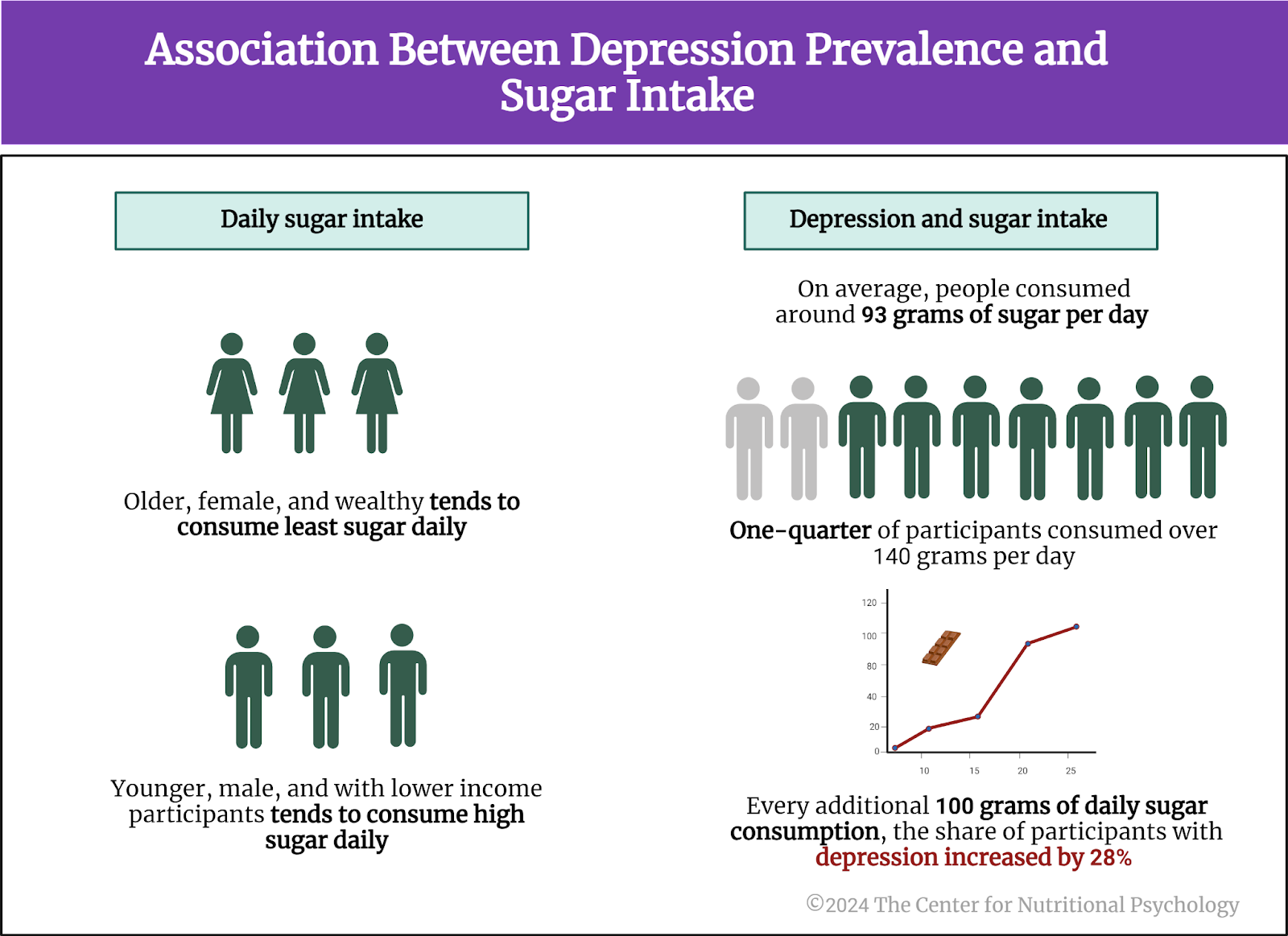
Figure 3. Association between depression prevalence and sugar intake
Conclusion
The study shows a clear link between dietary sugar consumption and depression. However, the design of the study does not allow us to conclude whether it is the intake of sugar that contributes to depression or whether it is depression that makes individuals consume more sugary drinks and foods. It is also possible that there is some third factor contributing to both depression and the heightened intake of sugar.
Be that as it may, the link between heightened sugar intake and depression is quite clear. However, it is up to future researchers to identify the underlying mechanism and determine whether limiting dietary sugar intake could help improve symptoms in individuals suffering from this disorder.
The paper “Association between dietary sugar intake and depression in US adults: a cross-sectional study using data from the National Health and Nutrition Examination Survey 2011–2018” was authored by Lu Zhang, Haiyang Sun, Zihui Liu, Jiguo Yang, and Yuanxiang Liu.
References
Dakanalis, A., Mentzelou, M., Papadopoulou, S. K., Papandreou, D., Spanoudaki, M., Vasios, G. K., Pavlidou, E., Mantzorou, M., & Giaginis, C. (2023). The Association of Emotional Eating with Overweight/Obesity, Depression, Anxiety/Stress, and Dietary Patterns: A Review of the Current Clinical Evidence. Nutrients, 15(5), 1173. https://doi.org/10.3390/nu15051173
Greer, S. M., Goldstein, A. N., & Walker, M. P. (2013). The impact of sleep deprivation on food desire in the human brain. Nature Communications, 4. https://doi.org/10.1038/ncomms3259
Hedrih, V. (2023a). Food and Mood: Is the Concept of ‘Hangry’ Real? CNP Articles in Nutritional Psychology. https://www.nutritional-psychology.org/food-and-mood-is-the-concept-of-hangry-real/
Hedrih, V. (2023b). Women Consuming Lots of Artificially Sweetened Beverages Might Have a Higher Risk of Depression, Study Finds. CNP Articles in Nutritional Psychology. https://www.nutritional-psychology.org/women-consuming-lots-of-artificially-sweetened-beverages-might-have-a-higher-risk-of-depression-study-finds/
Huang, Y., Chen, Z., Chen, B., Li, J., Yuan, X., Li, J., Wang, W., Dai, T., Chen, H., Wang, Y., Wang, R., Wang, P., Guo, J., Dong, Q., Liu, C., Wei, Q., Cao, D., & Liu, L. (2023). Dietary sugar consumption and health: Umbrella review. BMJ (Clinical Research Ed.), 381, e071609. https://doi.org/10.1136/bmj-2022-071609
McIntyre, R. S., Alsuwaidan, M., Baune, B. T., Berk, M., Demyttenaere, K., Goldberg, J. F., Gorwood, P., Ho, R., Kasper, S., Kennedy, S. H., Ly-Uson, J., Mansur, R. B., McAllister-Williams, R. H., Murrough, J. W., Nemeroff, C. B., Nierenberg, A. A., Rosenblat, J. D., Sanacora, G., Schatzberg, A. F., … Maj, M. (2023). Treatment-resistant depression: Definition, prevalence, detection, management, and investigational interventions. World Psychiatry, 22(3), 394–412. https://doi.org/10.1002/wps.21120
Samuthpongtorn, C., Nguyen, L. H., Okereke, O. I., Wang, D. D., Song, M., Chan, A. T., & Mehta, R. S. (2023). Consumption of Ultraprocessed Food and Risk of Depression. JAMA Network Open, 6(9), e2334770. https://doi.org/10.1001/jamanetworkopen.2023.34770
Steffen, A., Thom, J., Jacobi, F., Holstiege, J., & Bätzing, J. (2020). Trends in prevalence of depression in Germany between 2009 and 2017 based on nationwide ambulatory claims data. Journal of Affective Disorders, 271, 239–247. https://doi.org/10.1016/J.JAD.2020.03.082
Swami, V., Hochstöger, S., Kargl, E., & Stieger, S. (2022). Hangry in the field: An experience sampling study on the impact of hunger on anger, irritability, and affect. PLOS ONE, 17(7), e0269629. https://doi.org/10.1371/JOURNAL.PONE.0269629
Wang, A., Wan, X., Zhuang, P., Jia, W., Ao, Y., Liu, X., Tian, Y., Zhu, L., Huang, Y., Yao, J., Wang, B., Wu, Y., Xu, Z., Wang, J., Yao, W., Jiao, J., & Zhang, Y. (2023). High-fried food consumption impacts anxiety and depression due to lipid metabolism disturbance and neuroinflammation. Proceedings of the National Academy of Sciences of the United States of America, 120(118). https://doi.org/10.1073/pnas.2221097120
Weinberger, A. H., Gbedemah, M., Martinez, A. M., Nash, D., Galea, S., & Goodwin, R. D. (2018). Trends in depression prevalence in the USA from 2005 to 2015: Widening disparities in vulnerable groups. Psychological Medicine, 48(8), 1308–1315. https://doi.org/10.1017/S0033291717002781
Zhang, L., Sun, H., Liu, Z., Yang, J., & Liu, Y. (2024). Association between dietary sugar intake and depression in US adults: A cross-sectional study using data from the National Health and Nutrition Examination Survey 2011–2018. BMC Psychiatry, 24(110), 1–10. https://doi.org/10.1186/s12888-024-05531-7

